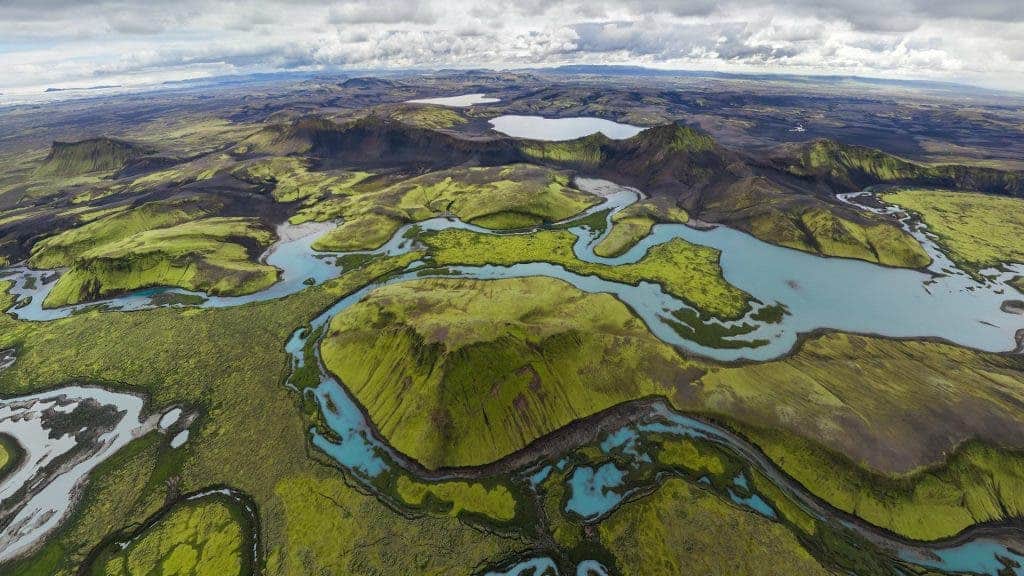My apologies, ladies and gents! I’ve been neglecting this section of our site, as some of you have told me via email (feedback is always welcome, by the way). So after a short pause, we’re bringing it back, stronger than ever: Here’s the GeoPicture of the week:

This is a lake called Langisjór, covering an area of about total surface area of about 26 km² and a maximum depth of 75m. The government plans to create an industrial dam on the lake, something which environmentalists strongly campaign against – and for good reason! The beauty of this place, like more others from Iceland is just epic.
*Edit: the Lagnisjor lake is actually behing the photographer here, what you are seeing here are indeed its highlands, but the two lakes in this picture are called Kambavatn (center) and Lambavatn (left).






